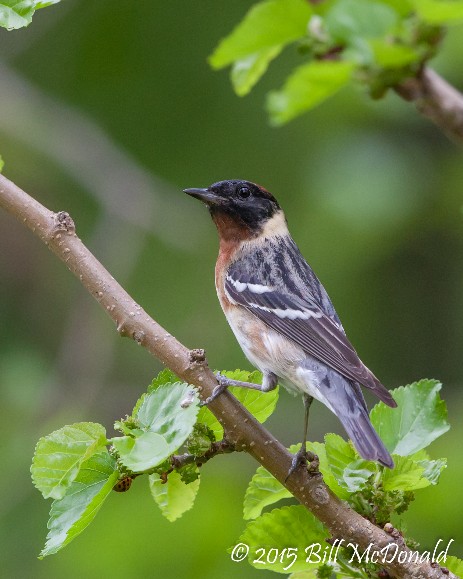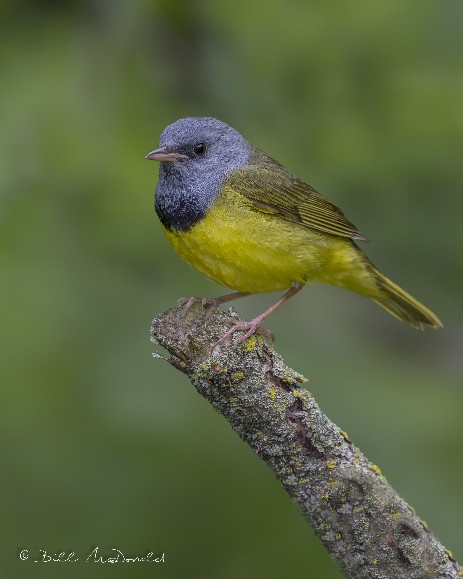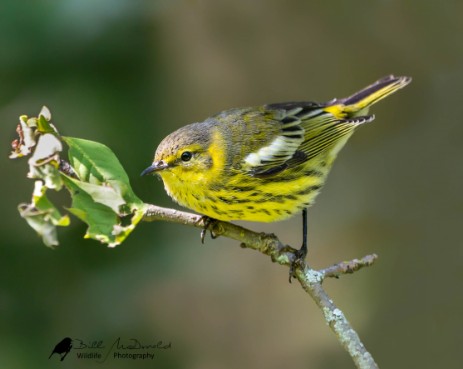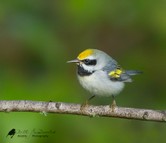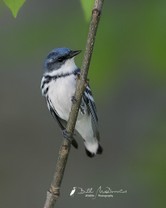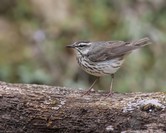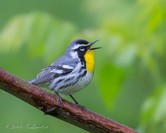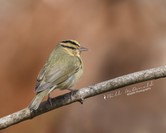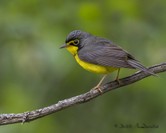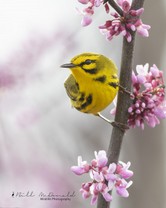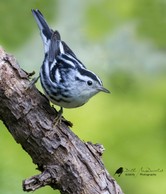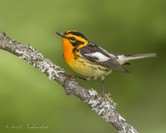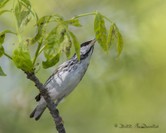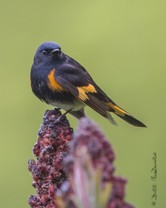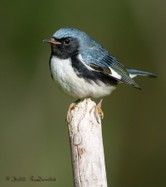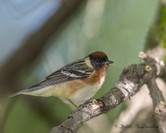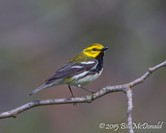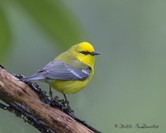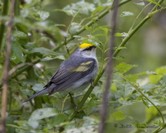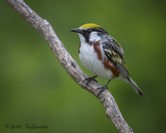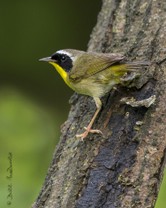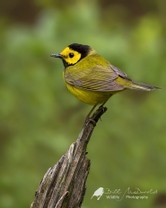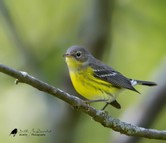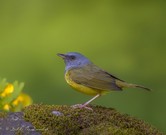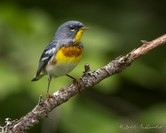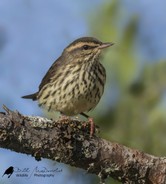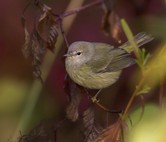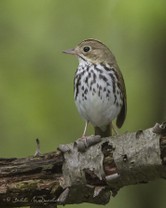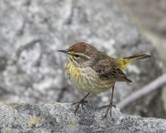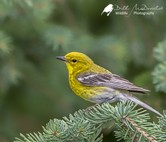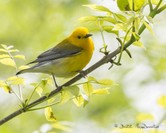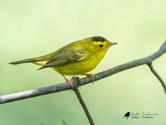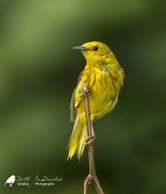Warblers - TEKFX
A collection of images from Ontario based Wildlife Photographer, Bill McDonald
“In order to see birds it is necessary to become a part of the silence.”
― Robert Lynd
TEKFX
Photography
Hey! ... Check out my new Video Collection
(Menu Bar above)
BIRDS
WARBLERS ... a selection of WARBLER images.
Hover over any of the images on the right side for description and Click to open
There are a number of Passeriformes (perching birds) called warblers. They are not necessarily closely related to one another, but share some characteristics, such as being fairly small, vocal, and insectivorous.
Some are brownish or dull greenish in color and many are very brightly coloured. They tend to be more easily heard than seen. Identification can be difficult and may be made on the basis of song alone.
The migratory species tend to lay larger clutches of eggs, typically up to six, since the hazards of their journeys mean that many individuals will have only one chance to breed. In contrast, the laying of two eggs is typical for many tropical species, since the chicks can be provided with better care, and the adults are likely to have further opportunities for reproduction.
Many migratory species, particularly those which breed further north, have distinctive male plumage at least in the breeding season, since males need to reclaim territory and advertise for mates each year. This tendency is particularly marked in the large genus Setophaga (formerly Dendroica). In contrast, resident tropical species, which pair for life, show little if any sexual dimorphism. There are of course exceptions. The Parkesia waterthrushes and ovenbird are strongly migratory, but have identical male and female plumage, whereas the mainly tropical and sedentary yellowthroats are dimorphic. The Granatellus chats also show sexual dimorphism, but due to recent genetic work have been moved into the family Cardinalidae (New World buntings and cardinals).
(From Wikipedia)
